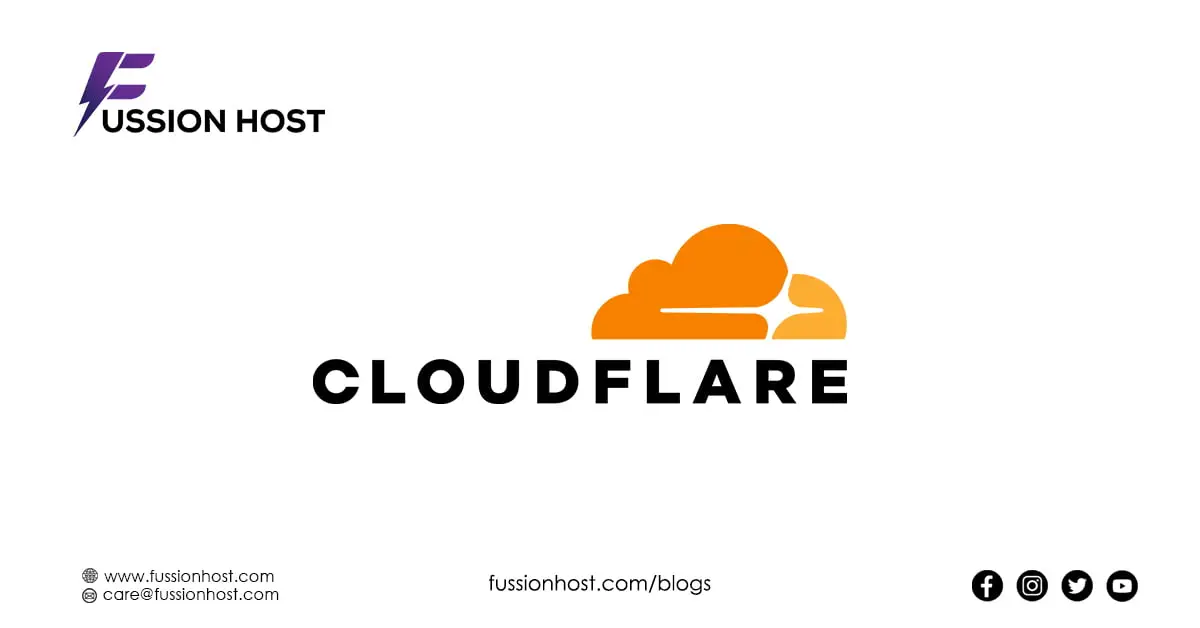
Cloudflare CDN Setup for WHMCS: Boost Speed & Security
Content Delivery Networks (CDNs) like Cloudflare CDN are the unsung heroes of the internet. They supercharge your website’s speed, security, and reliability. Let’s explore why Cloudflare is so powerful and how to easily integrate it with your WHMCS-managed website.
Why Cloudflare CDN? The Benefits You Don’t Want to Miss
- Blazing Fast Loading: Cloudflare caches your website’s content on servers all over the world. When a visitor accesses your site, it’s served from the nearest location, slashing loading times.
- Unbreakable Security: Cloudflare acts as a shield, protecting your site from malicious attacks like DDoS, SQL injection, and cross-site scripting.
- Unmatched Reliability: Even if your main server has hiccups, Cloudflare keeps your site online, serving cached content to visitors without interruption.
- SEO Boost: Faster sites rank higher in search results. Cloudflare’s speed improvements can give your SEO a nice lift.
Integrating Cloudflare CDN: A Step-by-Step Guide
Before You Start:
- You’ll need a Cloudflare account (free or paid plans are available).
- This guide assumes your hosting provider uses WHMCS for domain management. If not, contact your provider for Cloudflare setup assistance.
Step 1: Adding Your Website to Cloudflare CDN
- Log in to your Cloudflare account and click “Add Site.”
- Enter your website’s domain name (e.g., fussion.host) and click “Add Site.”
- Cloudflare will scan your DNS records automatically.
Step 2: Reviewing and Updating DNS Records
- Cloudflare will display a list of your DNS records. Review them to ensure accuracy.
- You might need to add specific records for Cloudflare features (e.g., email routing or subdomains). Cloudflare will guide you through this.
Step 3: Changing Nameservers
This is a crucial step for WHMCS users.
- In your WHMCS client area, go to “Domains” and find the domain you want to connect to Cloudflare.
- Look for a section to manage nameservers.
- Replace your existing nameservers with the two Cloudflare nameservers provided to you. These will look something like this:
- ashley.ns.cloudflare.com
- quincy.ns.cloudflare.com
- Save the changes. It can take up to 24 hours (usually much faster) for the new nameservers to propagate.
Step 4: Activating Cloudflare CDN Features
- Once the nameserver change is complete, log back into your Cloudflare account.
- You’ll see a range of features to enable or customize:
- CDN (Content Delivery Network): Make sure this is turned ON.
- SSL/TLS Encryption: Protect visitor data and improve security. Choose the appropriate encryption level (Flexible, Full, or Full Strict).
- Firewall: Activate Cloudflare’s web application firewall (WAF) to block malicious traffic.
- Performance Settings: Explore options like image optimization, minification, and Brotli compression for even faster loading.
Additional Tips:
- Cloudflare’s WordPress Plugin: If your WHMCS site runs on WordPress, consider installing the official Cloudflare plugin for easier management.
- Caching: Cloudflare’s caching can significantly boost performance. Configure the caching settings based on your website’s needs.
Let me know if you’d like a more detailed guide on any specific Cloudflare feature!



Leave a Reply